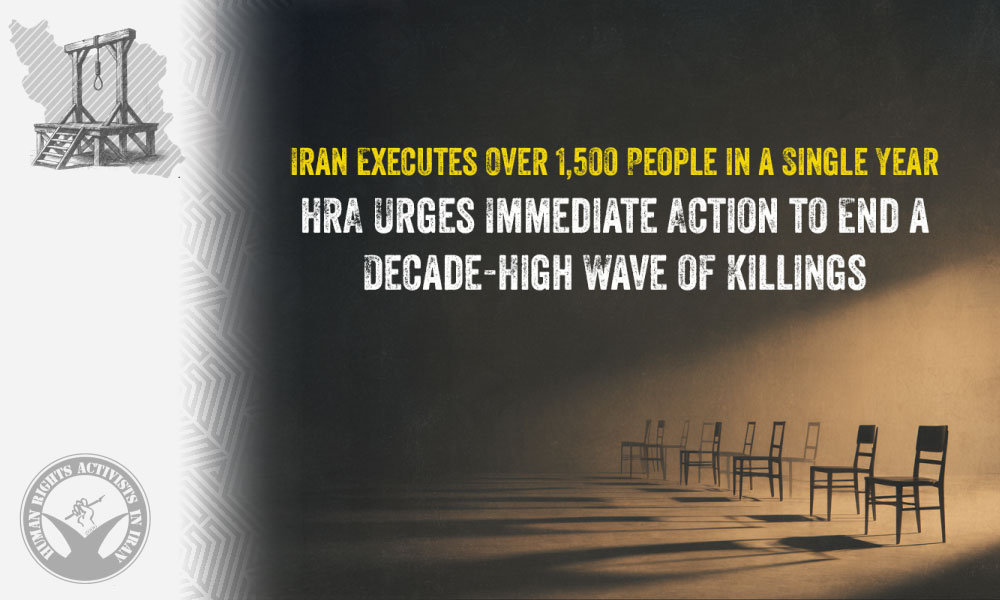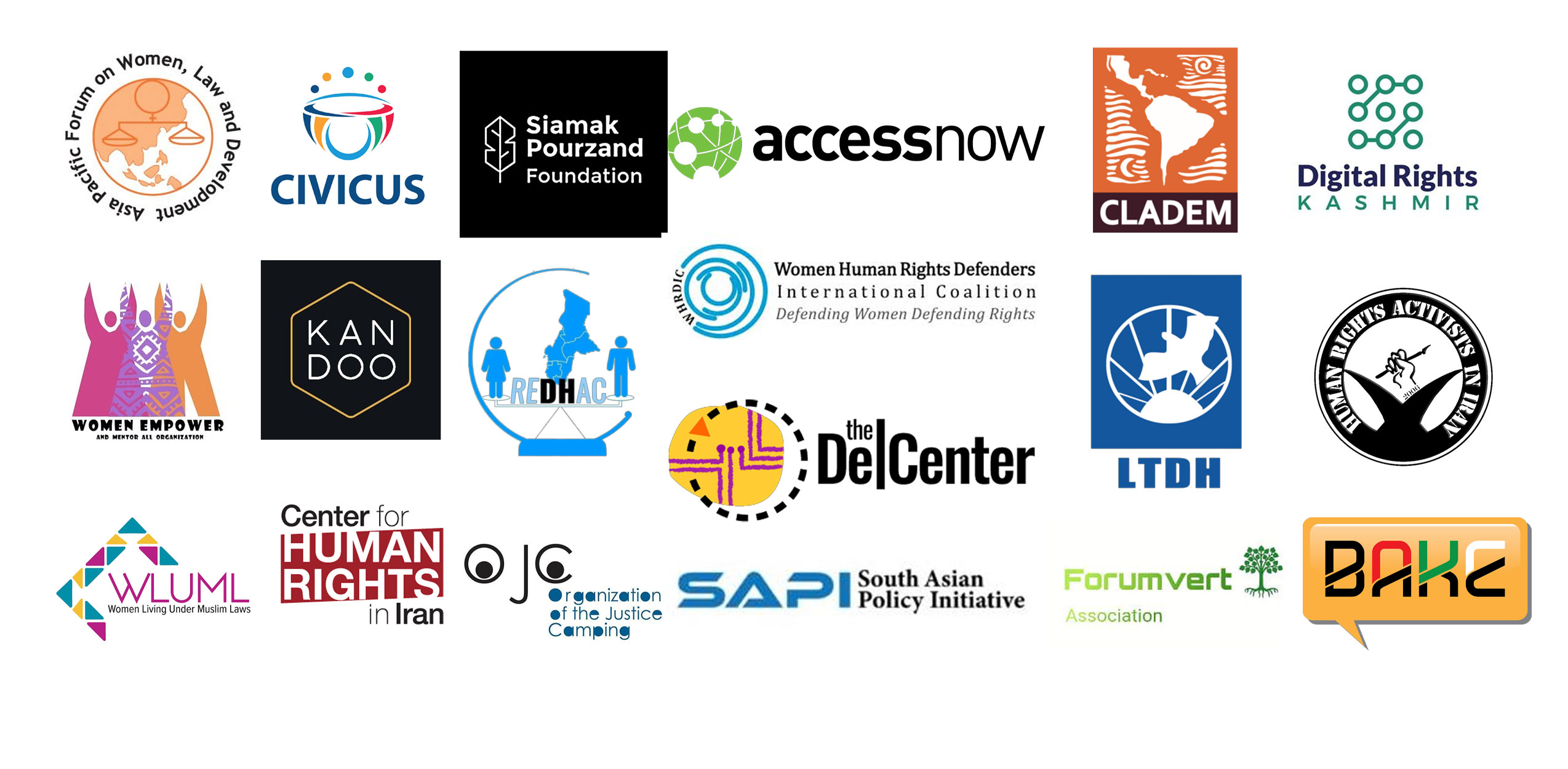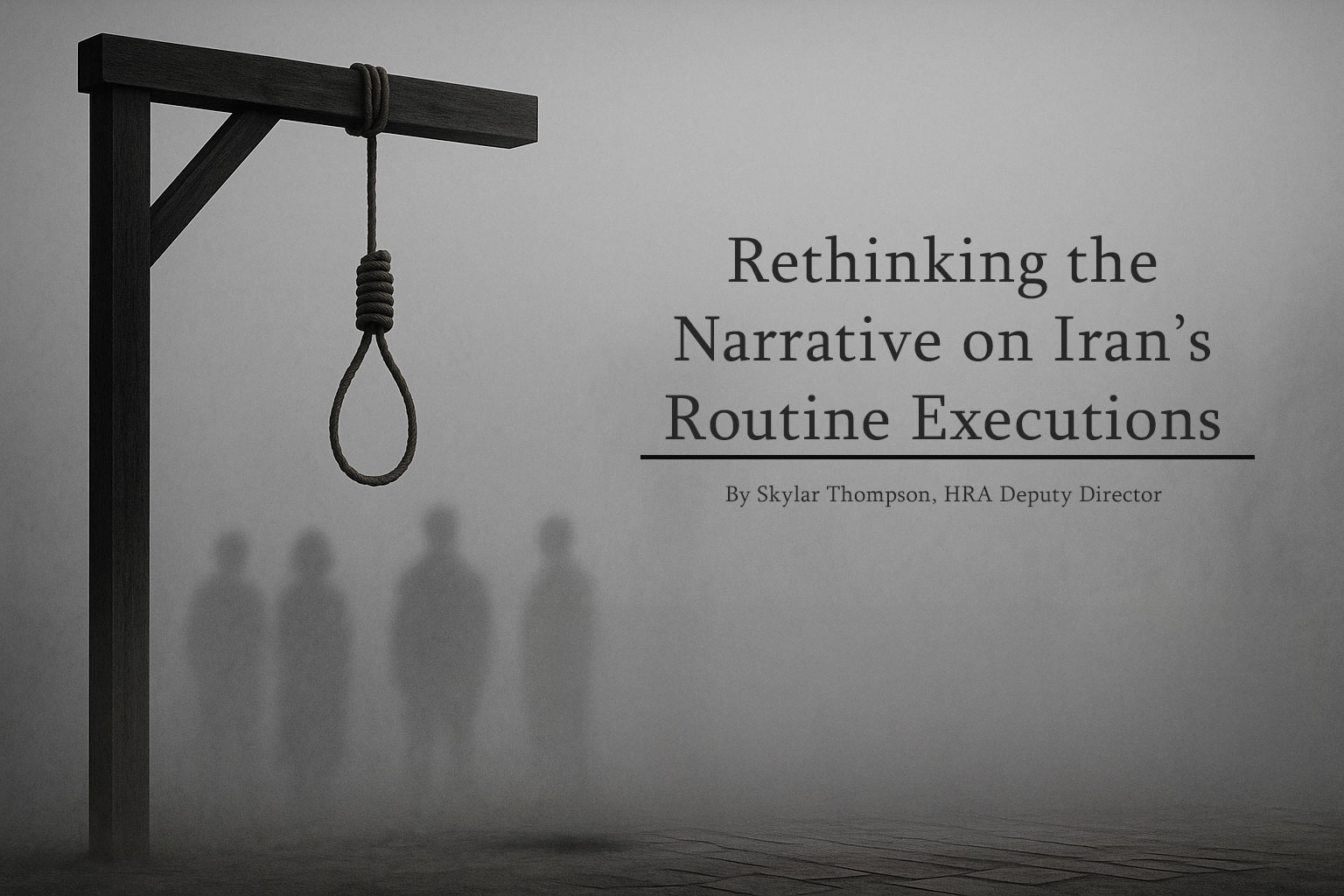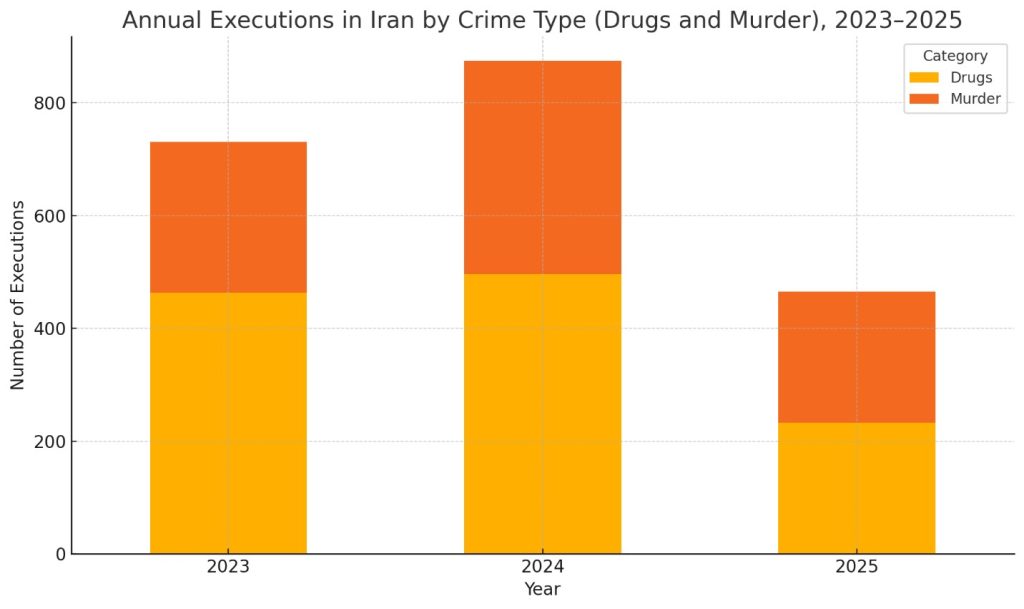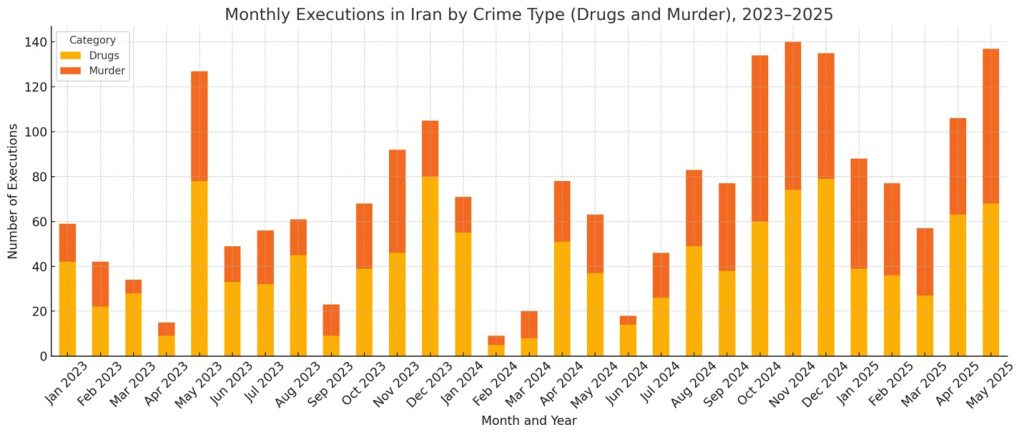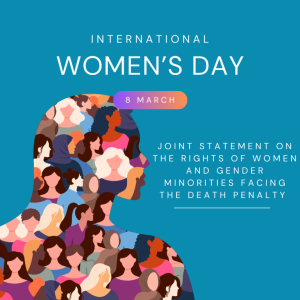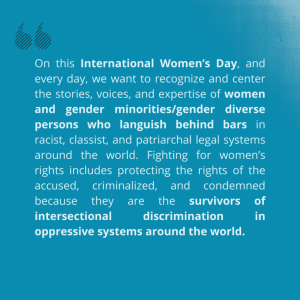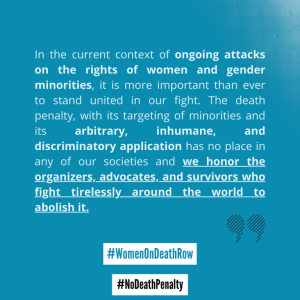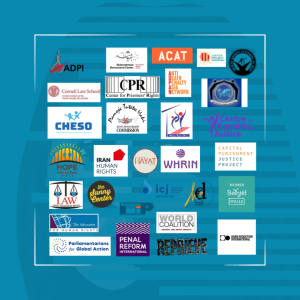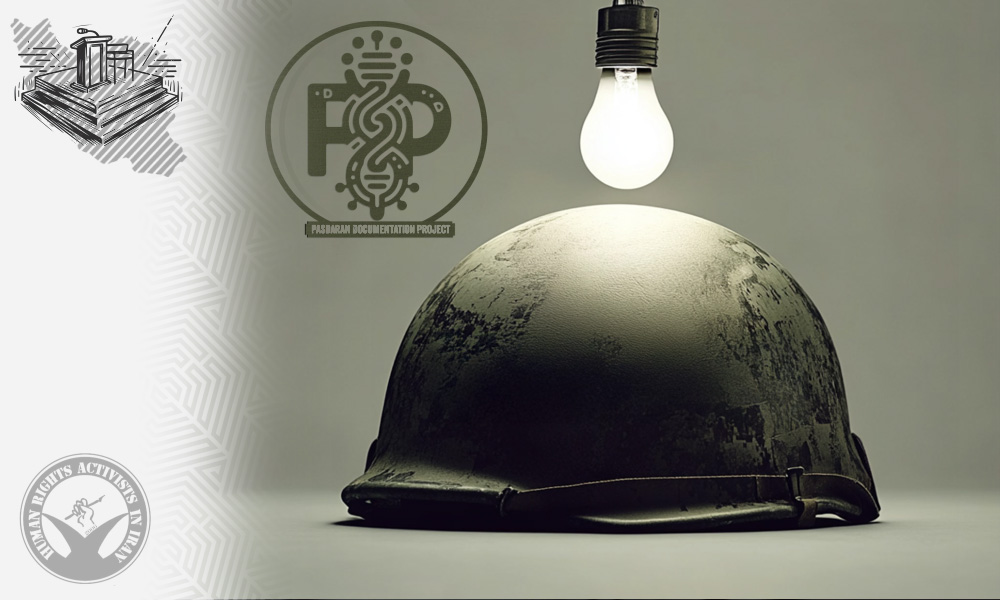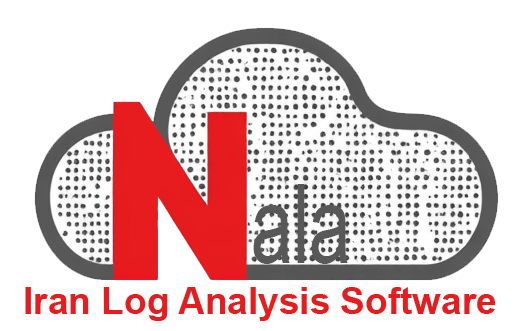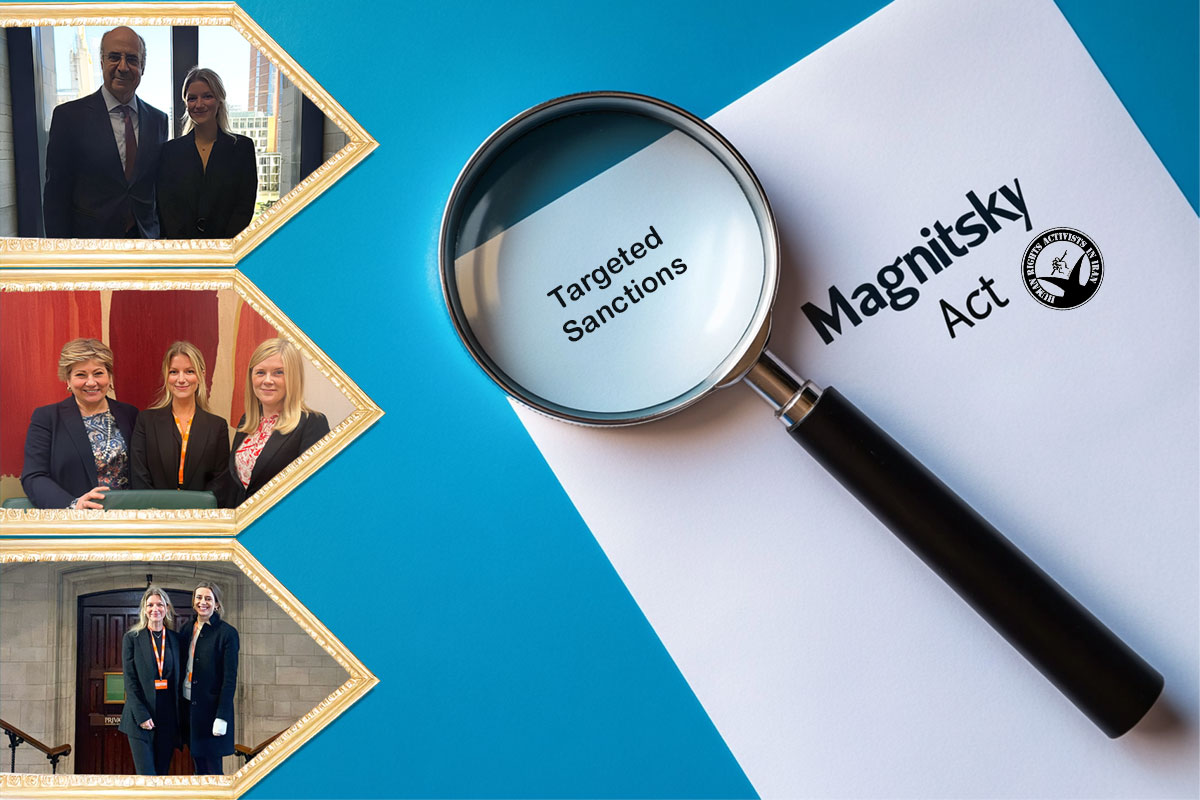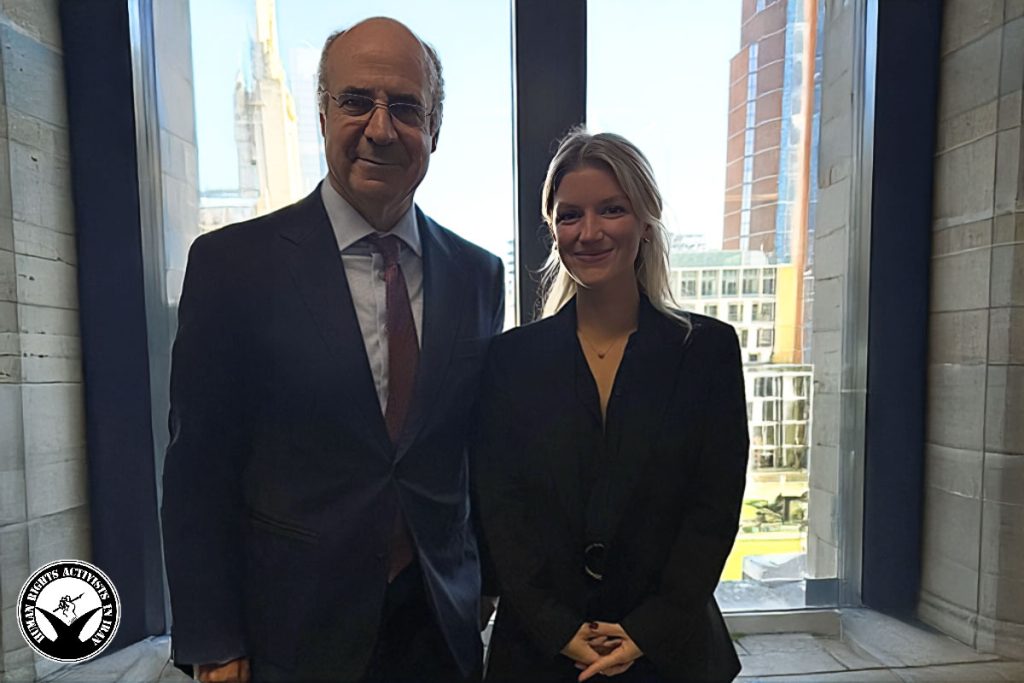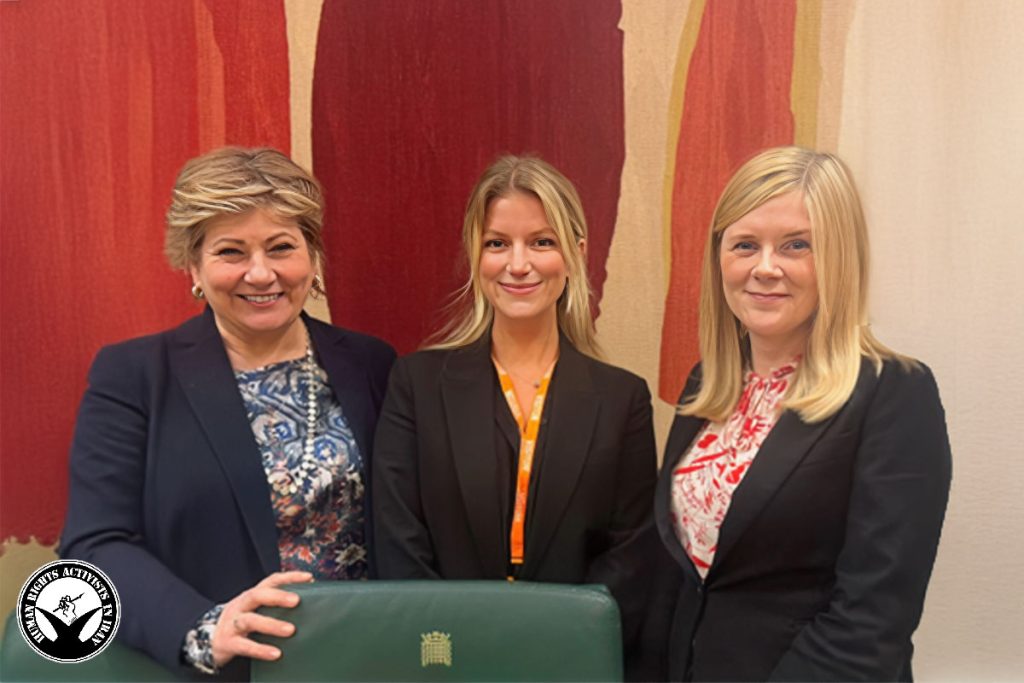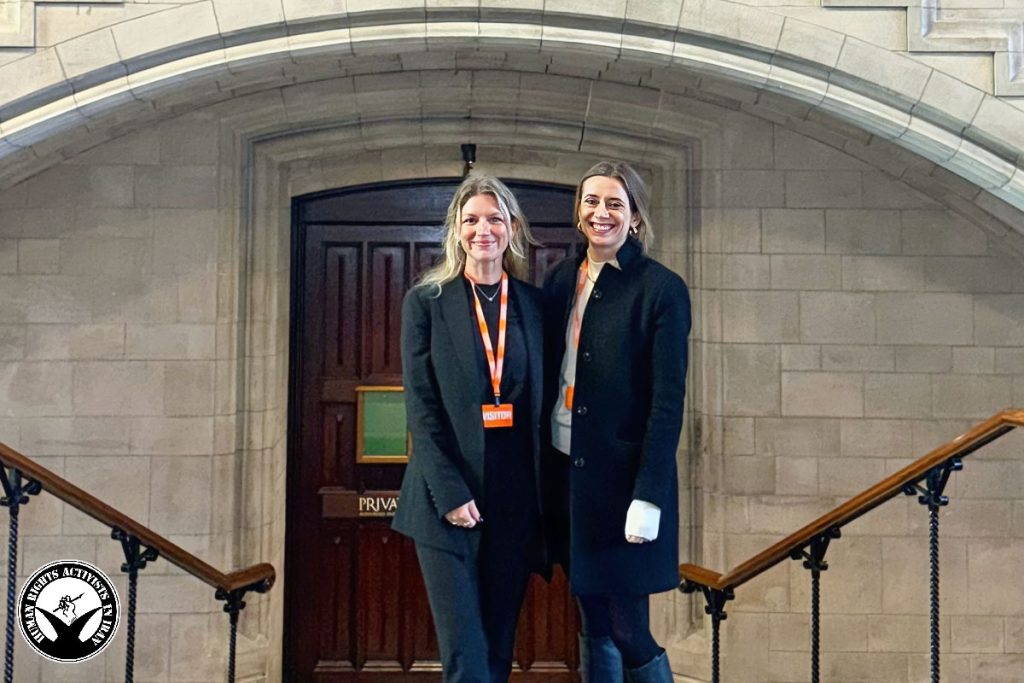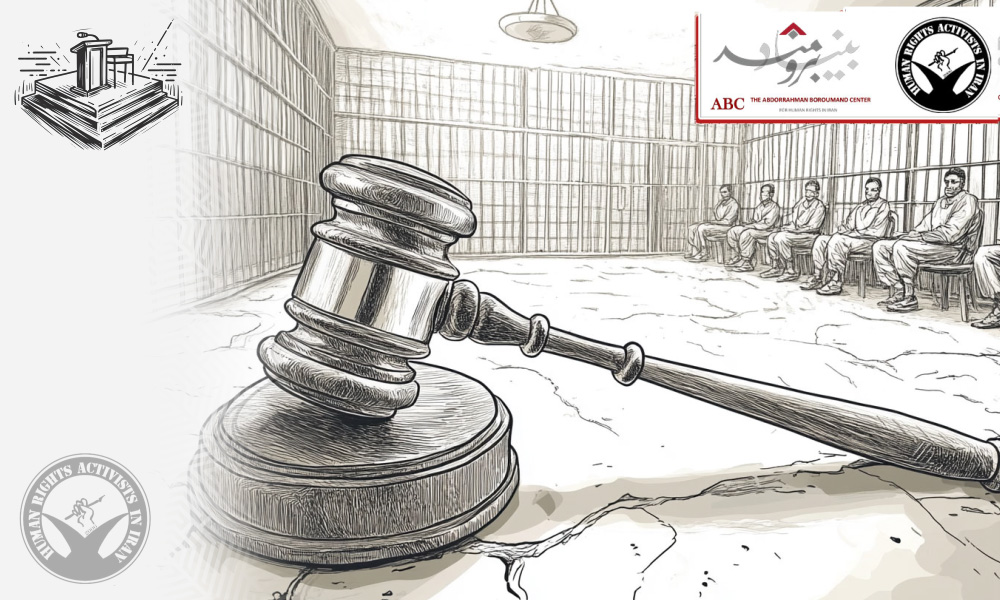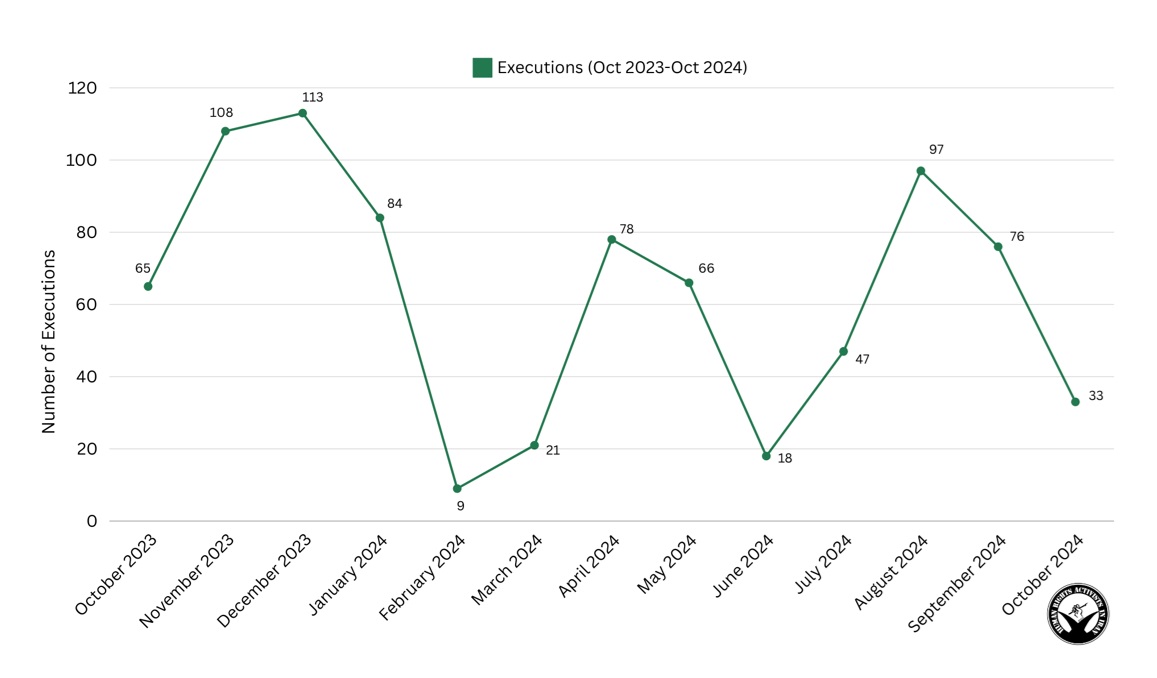HRANA News Agency – On the occasion of the World Day Against the Death Penalty, Human Rights Activists in Iran issued a statement expressing concern over the alarming and unprecedented rise in executions over the past year. The statement warns that the Iranian regime continues to use executions as a tool for political repression and social control.
Read the full text of the statement below:
On the occasion of the World Day Against the Death Penalty, Human Rights Activists in Iran (HRA) expresses grave concern over the striking escalation of executions carried out by the Islamic Republic of Iran. According to verified data from HRA’s Statistics and Publication Department, at least 1,537 individuals were executed between October 10, 2024, and October 8, 2025, marking an 86% increase compared to the previous period and the highest figure recorded in the past decade.
A Decade-High Record of State Killings
HRA’s review of ten years of data reveals that after a brief decline between 2015 and 2019, executions have risen sharply each year since 2021, peaking in 2025. This year’s total, 1,537 executions, is cause for grave concern, in particular as over 94% of the 1,537 executions were carried out in secret, without public announcement or acknowledgment by authorities. This pattern which underscores the regime’s deliberate efforts to conceal the true scale of its violence.
The statistics are deeply troubling:
• 8 public executions were recorded
• 3 juvenile offenders were executed
• 49 women were executed, a 113% increase in female executions compared to the same period last year
• Drug-related executions accounted for 48.3% of total executions, while murder charges accounted for 43.5%.
Trials in which victims were sentenced to death were routinely characterized by the use of coerced confessions obtained through torture or other forms of ill-treatment, and by the absence of essential fair trial guarantees as required under international law.
The Death Penalty as a Tool of Political and Social Control
HRA’s analysis indicates that this surge is not incidental but a state policy of intimidation. Amid an escalating economic crisis, domestic protests, and growing social dissent, the authorities have used executions to project fear and assert control.
While Iranian officials claim that the death penalty serves as a deterrent to crime, there is no credible evidence to support this assertion, and international human rights bodies have consistently found that capital punishment does not have a unique deterrent effect.
Regional Disparities and the Machinery of Death
According to HRA’s data, Alborz Province, home to overcrowded prisons such as Qezel Hesar, recorded the highest number of executions (14.6%), followed by Isfahan (8.4%) and Fars (7.9%). In proportional terms, smaller provinces such as South Khorasan, Qom, and Yazd exhibited the highest execution rates per capita, demonstrating how local judicial systems, particularly revolutionary courts, are key enforcers of intimidation through capital punishment.
A Decisive Moment for Global Action
The ongoing and numerous executions imposed following unfair trials, often based on forced confessions extracted under duress, without the presence of legal counsel, constitute a serious violation of the right to life.
HRA calls on the authorities of the Islamic Republic of Iran to:
1. Immediately establish a moratorium on all executions with a view to absolute abolition of the death penalty.
2. Commute all existing death sentences and undertake a comprehensive review of all existing death penalty cases.
3. Ensure transparency by publishing official data on all death sentences, including the identities of those sentenced, the charges against them, and the trial details.
4. Guarantee fair trial rights, including access to legal counsel and prohibition of torture or coerced confessions.
5. Investigate and hold accountable all officials responsible for unlawful executions, and ensure that all officials responsible, including judicial and security personnel involved in ordering or implementing such executions, are held to account in accordance with international standards.
6. Allow independent monitoring by the UN Special Rapporteurs on Iran and on Extrajudicial, Summary, or Arbitrary Executions.
HRA calls on the international community to:
1. Call on the Islamic Republic of Iran to immediately establish a moratorium on executions with a view to the full abolition of the death penalty.
2. Urge Iran to adhere to fair trial standards, as well as review and amend domestic legislation that permits the systematic use of the death penalty.
3. Support the UN Fact-Finding Mission on Iran (FFMI) and the Special Rapporteur on Iran to ensure the inclusion of unlawful executions in reporting.
4. Utilize international accountability mechanisms, including the coordinated use of targeted human rights sanctions against those responsible for implementing or ordering unlawful executions.
5. Strengthen support for and protection of Iranian civil society actors, including families of victims, journalists, and human rights defenders documenting executions.
6. Ensure that victims and their families have access to effective remedies and reparations, and urge the Iranian authorities to immediately end the harassment and intimidation of victims’ relatives.
The international community bears a collective responsibility to ensure that the stories of more than 1,500 Iranians do not end in silence. Each execution carried out in Iran represents not only the unlawful taking of a life but also the suppression of dissent, the devastation of families, and the normalization of state violence.
On this World Day Against the Death Penalty, HRA calls for coordinated and principled international action to end the widespread and arbitrary use of capital punishment in Iran. Halting these violations requires sustained global pressure and steadfast solidarity with those inside the country who continue to fight for life, dignity, and justice.



